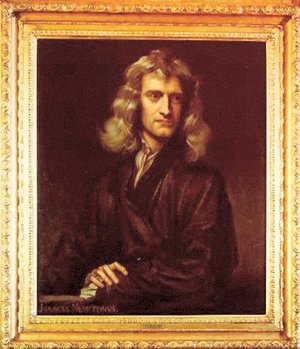22 March
1799: On 22 March 1799, Friedrich Wilhelm August Argelander was born.
Argelander was a German astronomer who established the study of variable stars as an independent branch of astronomy and is renowned for his catalogue listing the positions and brightness of 324 188 stars of the northern hemisphere above magnitude +9.
He studied at the University of Königsberg, Prussia, where he was a pupil and later the successor of Friedrich Wilhelm Bessel. In 1837, Argelander published the first major investigation of the Sun's motion through space. In 1844 he began studies of variable stars. He died on 17 February 1875.
1394: On 22 March 1394, Ulug Beg was born.
Beg was an important Mongol scientist and mathematician, and the greatest astronomer of his time. He began to build an observatory in 1428 in Samarkand. His observations revealed a number of errors in the computations of the 2nd-century astronomer Ptolemy, whose figures were still being used.
Begs's star map of 994 stars was the first new one since that of Hipparcos. Beg was assassinated by his son on 27 October 1449, and after this the observatory fell into ruin by 1500, rediscovered only in 1908.















 Germany
Germany
 Austria
Austria
 Belgium
Belgium
 Denmark
Denmark
 Spain
Spain
 Estonia
Estonia
 Finland
Finland
 France
France
 Greece
Greece
 Hungary
Hungary
 Ireland
Ireland
 Italy
Italy
 Luxembourg
Luxembourg
 Norway
Norway
 The Netherlands
The Netherlands
 Poland
Poland
 Portugal
Portugal
 Czechia
Czechia
 Romania
Romania
 United Kingdom
United Kingdom
 Slovenia
Slovenia
 Sweden
Sweden
 Switzerland
Switzerland

































